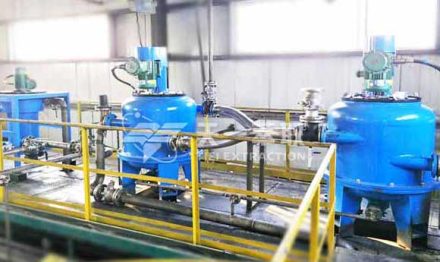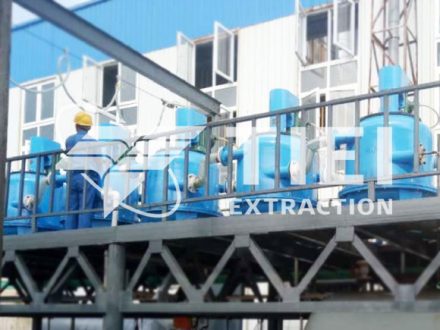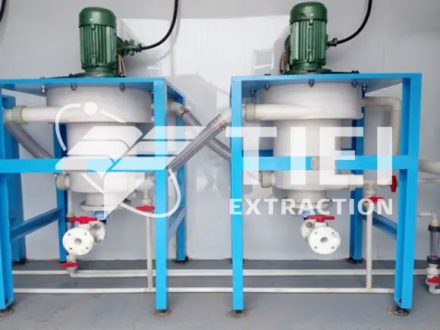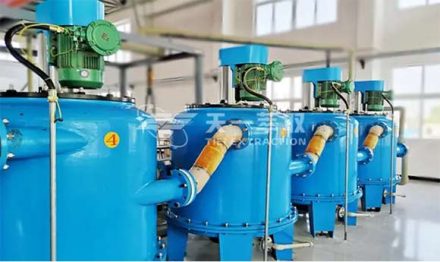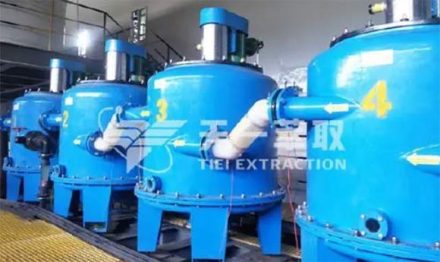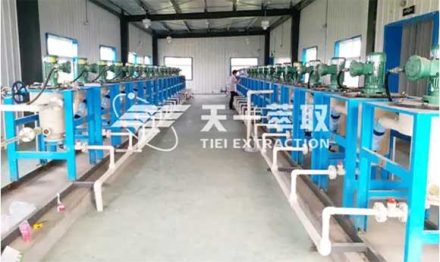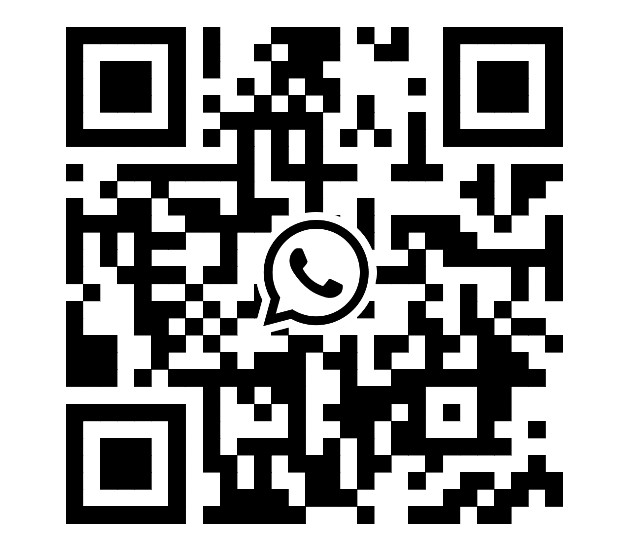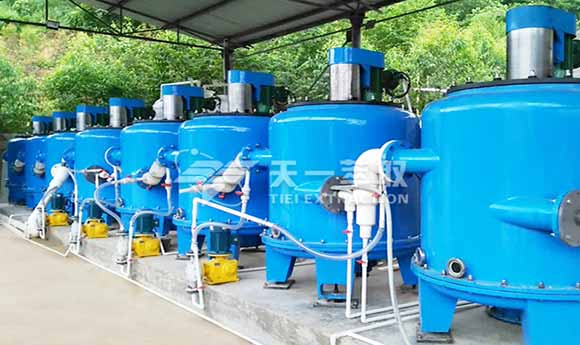
Lithium resources in nature are mainly found in granite pegmatite deposits, salt lake brine, seawater and geothermal water. According to statistics, the reserves of lithium resources in salt lake brine account for about 70-80% of the total lithium resources, so lithium extraction from salt lake brine will become the main development direction of lithium production. The main processes for extracting lithium from salt lake brine include precipitation, extraction, ion exchange adsorption, carbonization, calcination and leaching, etc. Among them, precipitation, extraction, ion exchange adsorption and carbonization have been widely and deeply studied and are the main methods for extracting lithium from salt lake brine.
Lithium is generally extracted from brine by evaporation-crystallization-precipitation in industry, and the final product of this method is generally lithium carbonate.
However, the main problems of lithium extraction by aluminate precipitation are large fresh water consumption, high evaporation energy consumption of carbonization liquid and roasting leaching liquid, and high sodium carbonate consumption, resulting in high production costs. It has not yet been industrialized. For lithium extraction from salt lake brine with high magnesium-lithium ratio, carbonate precipitation method, boron-magnesium or boron-lithium co-precipitation method, ammonia and ammonium bicarbonate two-stage magnesium precipitation lithium extraction method and other methods still need further expansion or pilot investigation in order to further improve.
In China, the experimental scale of lithium extraction by extraction method is large and the most in-depth, and lithium extraction from brine with high magnesium-lithium ratio is the most effective. Extraction method is one of the salt lake lithium extraction methods with industrial application prospects. Zhengzhou Tiei Extraction has conducteda lot of research and experiments on lithium extraction. The brine extraction of lithium uses the CWL-M series centrifugal extractor. After multi-stage countercurrent extraction, the lithium extraction rate can reach 90.48%, and there is no corrosion in the equipment.

